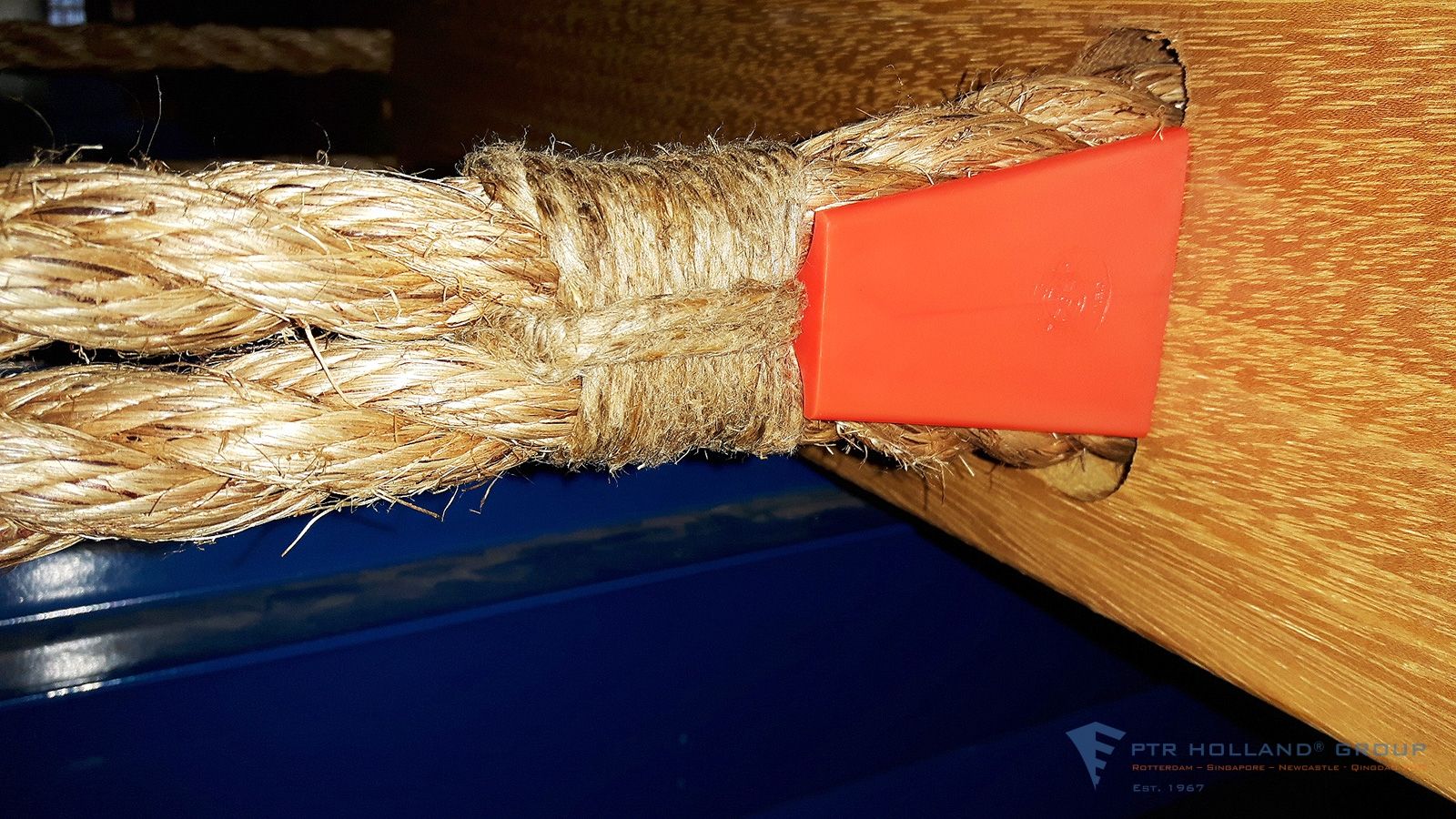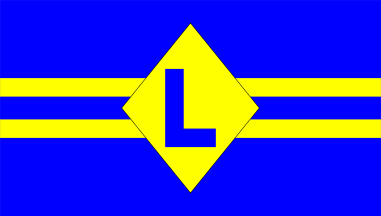Can Pilot Ladders Be Repaired
Pilot transfer operations are carried out in all manner of weather and whilst it is always essential to create the best lee possible a large swell can still be running down the ships side which can cause the pilot boat to ride up and down against the ladder. The bottom 4 steps of the pilot ladder are generally rubber in order to account for the impact of a pilot boat but should the boat ride up above these steps, damage can be caused to the timber steps and spreaders, or these components warped or deformed.
The other main sources of damage to ladders can be in deployment and recovery if time isn’t taken to do this carefully. Damage is especially prevalent on winch deployed ladders if care isn’t taken when recovering the ladder. Should a step or spreader become snagged on the deck edge the power of the winch can easily cause damage to the timber.
So if damage is what repairs can we make to a pilot ladder in accordance with the regulations? Pilot ladder repairs are covered under IMO Resolution A.1045(27)
2.1.3 No pilot ladder should have more than two replacement steps which are secured in position by a method different from that used in the original construction of the ladder, and any steps so secured should be replaced as soon as reasonably practicable by steps secured in position by the method used in the original construction of the pilot ladder.
When any replacement step is secured to the side ropes of the pilot ladder by means of grooves in the sides of the step, such grooves should be in the longer sides of the step.
The global standard for pilot ladders ISO799 adds to this with the following
Damaged steps shall be replaced with replacement steps meeting the relevant requirements in Clause 4 and of the type supplied or specified by the ladder manufacturer. A ladder shall not include more than two replacement steps and one replacement spreader step.
A ladder shall not include more than two replacement steps. These steps shall not be next to each other.
Where a manufacturer allows replacement steps to be fitted, the manufacturer shall supply:
— two replacement steps;
— one replacement spreader step;
— step fixtures to allow repair to be carried out;
— instructions for fitting replacement steps and spreader step.The bottom of each replacement step shall be marked with:
a) the name and address of the manufacturer;
b) the manufacturer’s model designation;
c) the words “REPLACEMENT STEP ONLY”;
d) “ISO 799-1” and “SOLAS”;
e) the year of production of the step;
f) identification of the approved maritime safety administration, along with any approval indications required by that administration; and
g) where used, identification of an approved organization acting on behalf of the maritime safety administration.
- Maximum number of replacement steps is 2 and replacement spreaders is 1
- That this is a TEMPORARY arrangement until the ladder can be replaced or repaired by the manufacturer
- When using a replacement step that has grooves in it these should be on the long side of the step/spreader.
- Replacement steps shouldn’t be next to each other
- That any replacement step or spreader shall be appropriately marked on it's underside.
So 1 and 2 are pretty self explanatory but just to clarify point 3, when replacing a step or spreader we can’t derig and rebuild the entire ladder as this is not allowed as only the manufacturer is permitted to do this. We therefore need to have a method of sliding the replacement step or spreader into position between the pilot ladder side ropes and wedges. This is achieved by having grooves in the step or spreader. However if these grooves were on the narrow edge of the step or spreader there would be the very real danger of the groove causing a split along the grain of the step rendering it useless. Therefore the grooves are in the long side of the pilot ladder step or spreader which is at 90 degrees to the grain ensuring the step retains it’s strength.
Point 4 means that if the replacement step isn't absolutely solidly secured it will only be one step with a solid step either side making the climb safer and point 5 means any user of the ladder, surveyor or port state control inspector will immediately know when conducting a pilot ladder inspection that the ladder has been repaired using the correct componenets.
An ISO 799 ladder will be supplied with 2 replacement steps and one replacement spreader. ONLY 2 of these can be used without the ladder being returned to the manufacturer for repair.

Replacement Step Procedure For Pilot Ladders with Whippings
1. The damaged step or spreader should be carefully removed along with the whippings above and below the step. Every care should be taken not to damage the side ropes during this operation.
2. The replacement step/spreader should have the chokes placed on either side of the step where the cut outs are. Half of the choke one side of step and half the other side of step.
3. The step/spreader should then be placed in the ladder with the side ropes on both sides running along the groove in the choke. The step/spreader should be placed mid distance between the upper and lower step.
4. A figure 8 seizing of 3 ply tarred marlin should then be applied both above and below the winnet on both sides of the ladder to hold them tightly in place. The whipping should consist of a minimum 38mm length around both ropes and should be locked off with by means of a double frapping and finished off by passing between the side ropes.

Replacement Procedure for Pilot Ladders with Metal Clamps
1. The damaged step or spreader should be carefully removed. Every care should be taken not to damage the side ropes and clamps during this operation.
2. The replacement step/spreader should then be slid into position with the grooves facing upwards between the 4 nylon chocks and set ready to take the nuts and bolts, these are tightened gradually securing the step in its new position.
Other permitted pilot ladder maintenance
The other main maintenance required is with traditional hand whipped pilot ladders that require traditional attention as the whippings can stretch over time and should be checked before and after every use. Where possible these hand whippings can simply be retightened but if damaged they will need to be replaced with a figure 8 seizing of 3 ply tarred marli. The whipping should consist of a minimum 38mm length around both ropes and should be locked off with by means of a double frapping and finished off by passing between the side ropes.
Other than that keeping your ladder clean and should it become contaminated with cargo or other residue it is given a fresh water rinse and left to air dry will keep your ladder in tip top condition.
Ensuring you pilot ladder is stored clear of the deck and shielded from sea spray and sunlight will ensure your pilot ladder has a long and productive life.















